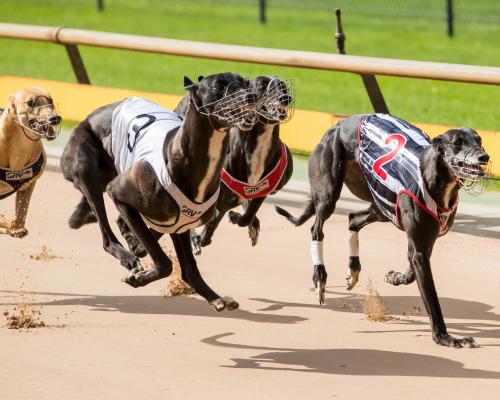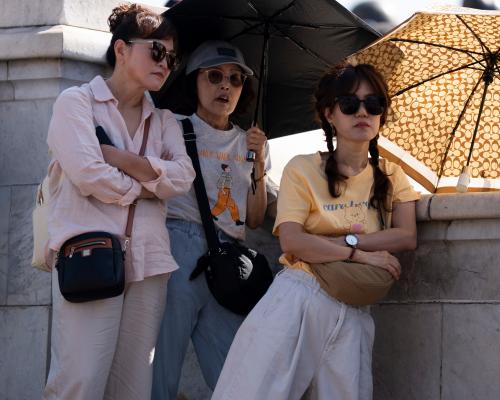
The Victorian government could save almost half a billion dollars if it follows Tasmania in phasing out greyhound racing in the state, according to independent analysis.
A policy costing by the Parliamentary Budget Office (PBO), to be released on Thursday, estimates the government would save $451.6m between 2025–26 and 2035–36 if it stopped subsidising greyhound racing and closed the industry.
The figure is based on an estimated $687.4m drop in government spending on the industry over the decade, offset by a $235.8m loss in revenue, as Victorians would no longer be able to bet on greyhound races held in the state.
The analysis said the government “increased ongoing support” to the entire Victorian racing industry, which includes thoroughbred and harness racing, in 2024.
This was through a higher point of consumption tax on wagering revenue, which was increased to 15% from 10%, with half of the revenue going to racing, and a funding deed providing $90m annually.
The PBO analysis didn’t factor in the “risk or cost of potential legal claims against the Victorian government” from breaking agreements, such as current racing club or racecourse licences or its wagering contract with Tabcorp.
Sign up: AU Breaking News email
The report was commissioned by Animal Justice Party MP Georgie Purcell, who said she was “not surprised” but “absolutely appalled” to learn how much the Victorian government was subsiding the industry.
“For this government to be spending hundreds of millions of dollars supporting the greyhound racing industry while they fail to fund the operation of new women’s crisis shelters, fail to meet their Gonski requirement, fail to adequately fund mental health care and fail to properly support regional Victorians is frankly astounding,” Purcell said.
She said according to the Coalition of Protection of Greyhounds, which collects publicly available stewards’ reports after meets, 29 dogs have died on racetracks in Victoria this year.
“Meanwhile, Tasmania has made a principled and ethical decision after one dog, their Greyhound of the Year, was killed on July 28,” Purcell said.
“It certainly says a lot about the direction of the Victorian Labor government when even the Liberals are doing better than them on animal protection.”
The Tasmanian premier, Jeremy Rockliff, on Sunday announced his Liberal government would end funding for greyhound racing in the state by 2029, effectively winding up the industry.
In May, a report by economist Saul Eslake into the Tasmanian greyhound industry found the state government funded the sport “more generously than any other jurisdiction, to the tune of $12.70 per head of population in 2023-24”. This includes by returning 80% of revenue from its point of consumption tax to racing.
Eslake told Guardian Australia greyhound racing “likes to style itself as an industry” but relies on the “public purse” in most states.
“We don’t talk about the football industry or the basketball industry or the tennis industry,” he said.
“Racing likes to call itself an industry, so maybe its claims ought to be tested in the same way as when another industry comes along wanting a handout. It should be subject to the same rigorous scrutiny.”
The Victorian racing minister, Anthony Carbines, on Monday said he had no plans to end greyhound racing in the state, describing the Tasmanian government’s announcement as a “desperate” attempt to secure the support of crossbench MPs after failing to win a majority at the recent state election.
“No one’s safe in Tasmania. Throw everyone overboard to form a majority,” Carbines said.
He said greyhound racing generated $850m a year in economic activity and employed almost 5,000 people in full-time work in Victoria.
“The government here in Victoria backs greyhound racing,” Carbines said.
In 2018, the ACT banned greyhound racing.
New South Wales proposed a ban in 2016 before then premier Mike Baird backflipped after a backlash. Last year, an inquiry into the industry in the state was called, following allegations of widespread animal abuse.




